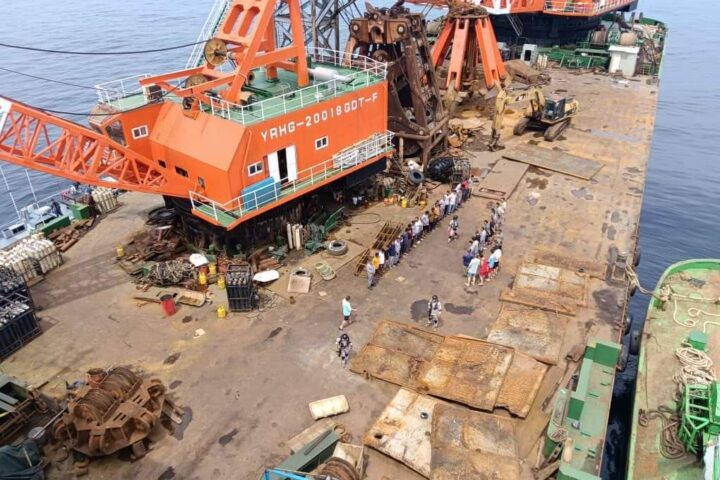
Chinese Ship Suspected of Raiding World War II Wrecks Detained
The Chinese dredger suspected of plundering two World War II Royal Navy shipwrecks last year has been detained by Malaysian maritime authorities.…

Copyright 2024 U.S. Naval Institute. All Rights Reserved.